Inevitable trend
About 50km from the center of Hanoi, surrounded by Dong Mo Lake and poetic natural hills, Kim Son commune (Son Tay town, Hanoi) is gradually shifting from a purely agricultural locality to a commercial, service and tourism economy .
Sharing with reporters of Vietnam Law Newspaper, Vice Chairman of Kim Son Commune People's Committee, Mr. Tran Long Van said that the commune is a "young" locality in tourism development. The commune has the advantage of being a "semi-mountainous" area, with a geographical location along Dong Mo Lake, and a relatively wild natural landscape. Some famous tourism products of the commune are Long Ho village, which has been recognized by the Hanoi People's Committee as a tourist destination, Ecologe hats, OCOP honey, yogurt...
The commune is actively developing various types of tourism, such as: SUP and kayaking sports tourism in Dong Mo lake; eco-tourism to explore nature, visit the hills surrounding the commune;... In particular, Kim Son commune promotes the development of agricultural and rural tourism associated with experiential activities. Tourists can visit tea hills, fruit gardens with seasonal fruits, and enjoy local four-star and three-star OCOP products.
The Vice Chairman of the People's Committee of Kim Son commune said that in order to develop sustainable tourism, in 2024, the commune launched the Kim Son Tourism Cooperative, which is a community that connects all tourism establishments, shares ideas, plans to build tours, routes, and creates supply chains to better serve customers. In addition, the commune continues to develop and improve the local key tourism types and invest in exploiting new tourism products based on the foundation of protecting natural landscapes and ecosystems.
In fact, the development of diverse tourism types is an inevitable trend in Vietnam in particular and in the world in general. Gone are the days when cities, provinces and localities did tourism seasonally, "quickly", and could not meet market demand. Nowadays, from the advantages of geography, culture and history, provinces and localities are making efforts to exploit new tourism products to attract visitors to visit and stay.
 |
Cruise ship carrying tourists to visit Ha Long Bay. (Photo: PH) |
Many destinations in Vietnam are gradually "changing their skin and flesh" thanks to the development of diverse types of tourism. For example, Ninh Binh province is becoming a leading tourist destination with types such as: spiritual tourism; eco-tourism; discovery and experience tourism; adventure tourism. Or Quang Ninh province, which is naturally blessed with a long coastline, with an international-class bay. Currently, to develop four-season tourism, meeting the needs of different groups of customers, the province has many other famous types of tourism such as sports tourism, cultural tourism, cruise tourism, culinary tourism...
A strategy is needed to effectively promote tourism types.
Talking to reporters of Vietnam Law Newspaper, Associate Professor Dr. Pham Hong Long - Head of Tourism Department, University of Social Sciences and Humanities (Vietnam National University, Hanoi) said that diversifying tourism types is important for the development of Vietnam's tourism industry.
Firstly, diversifying tourism types will increase the number of tourists coming to visit and stay. Secondly, thanks to many different types of tourism, the competitiveness and brand of the destination will be enhanced. Thirdly, diversifying types will contribute to maintaining and preserving the cultural values of the destinations. Finally, thanks to many unique and attractive tourism products, the large number of tourists will create jobs for local people, travel agencies and accommodation facilities.
Associate Professor Dr. Pham Hong Long said that in 2025, cities, provinces and localities in Vietnam will have many opportunities to develop diverse types of tourism. First, Vietnam's tourism is currently still developing based on four main product lines and types, namely: Sea and island tourism; natural eco-tourism; cultural tourism; urban tourism. Vietnam still has a lot of untapped potential for these four types of tourism. Taking sea and island tourism as an example, Vietnam has a coastline of about 3,260km with more than 400 beautiful beaches, currently only nearly 300 beaches have been exploited. In particular, there are many island districts with "strategic" positions to develop tourism, attracting domestic and foreign visitors.
 |
Associate Professor, Dr. Pham Hong Long. (Photo: NVCC) |
Associate Professor Dr. Pham Hong Long commented that, in addition to the four "basic" types of tourism, Vietnam also has great potential for a number of other types of tourism, such as rural tourism, associated with experiential activities, visiting fruit gardens, visiting craft villages... Event tourism, with music, film and sports festivals, has tended to develop strongly in Vietnam in recent years. In addition, after the COVID-19 pandemic, health care tourism has gradually "taken the throne". With the advantage of natural landscapes, modern accommodation with many activities and services to meet tourists' needs, Vietnam has great potential to develop this type of tourism.
According to Associate Professor Dr. Pham Hong Long, provinces and localities need to pay attention to the following issues to effectively exploit tourism types. First, there needs to be a plan and strategy for sustainable tourism development for "long-term" development. Second, human resources need to have training programs to improve expertise, capacity and awareness. Third, investment in infrastructure, technical facilities such as restaurants, "check-in" points, accommodation facilities... Fourth, marketing, communication, promotion strategies and "word of mouth" channels so that tourists know about tourism types and products. Finally, tourism needs to be associated with protecting the green - clean - beautiful ecological environment.
Source: https://baophapluat.vn/nang-buoc-phat-trien-tu-viec-da-dang-cac-loai-hich-du-lich-o-viet-nam-post538424.html


![[Photo] Binh Trieu 1 Bridge has been completed, raised by 1.1m, and will open to traffic at the end of November.](https://vphoto.vietnam.vn/thumb/1200x675/vietnam/resource/IMAGE/2025/10/2/a6549e2a3b5848a1ba76a1ded6141fae)







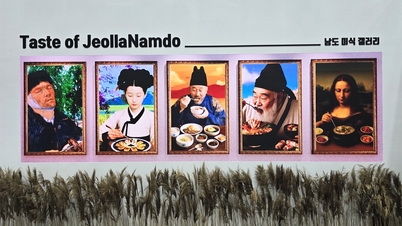

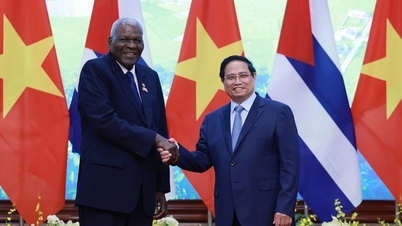

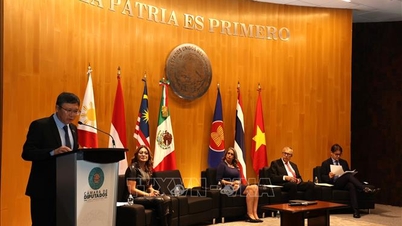

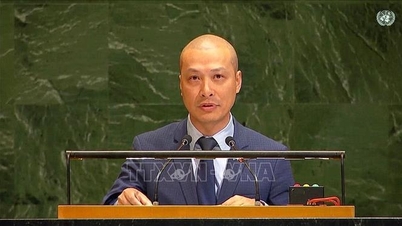
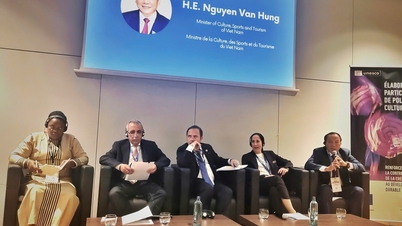

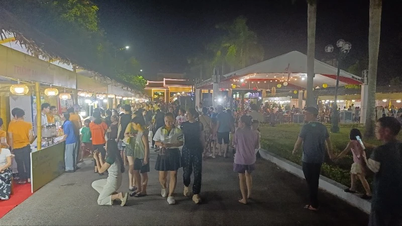

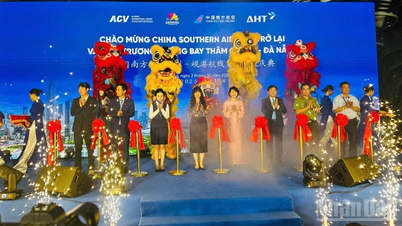
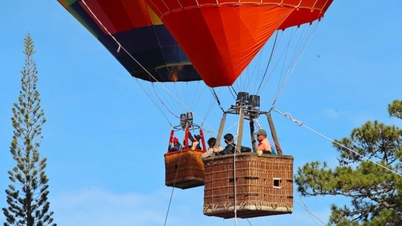

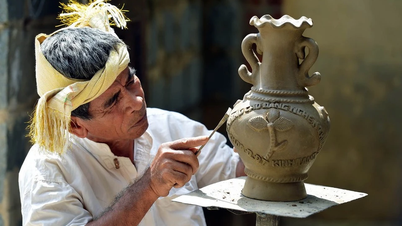

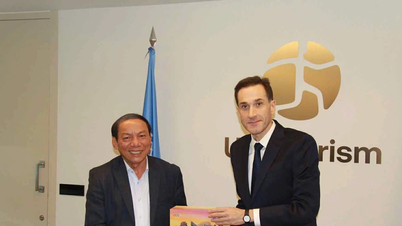




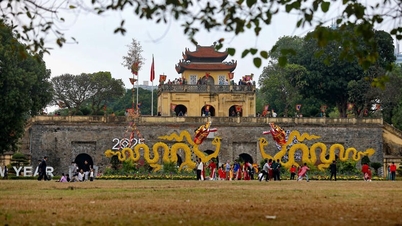
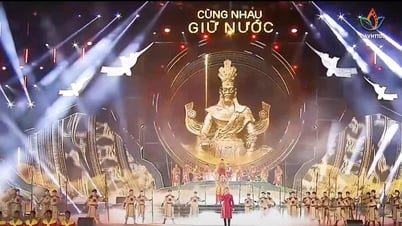
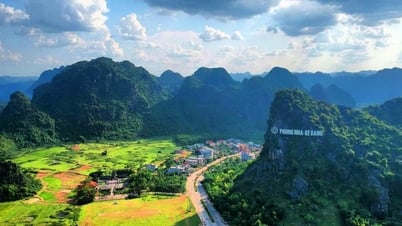
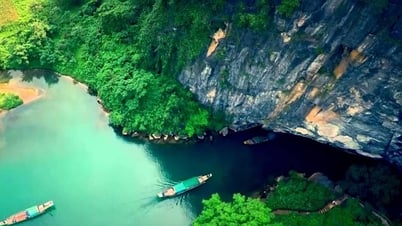
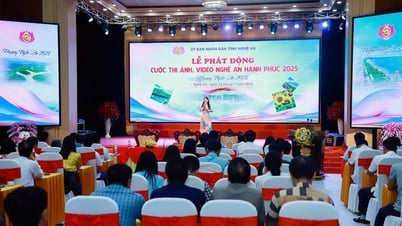




















































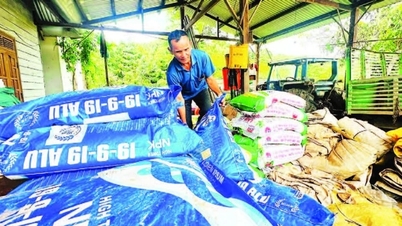
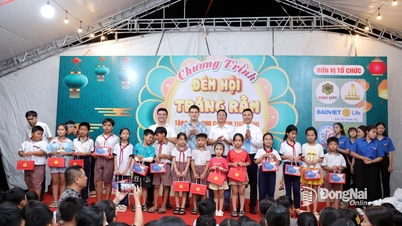














Comment (0)